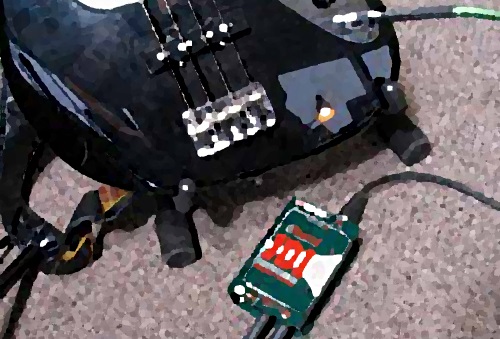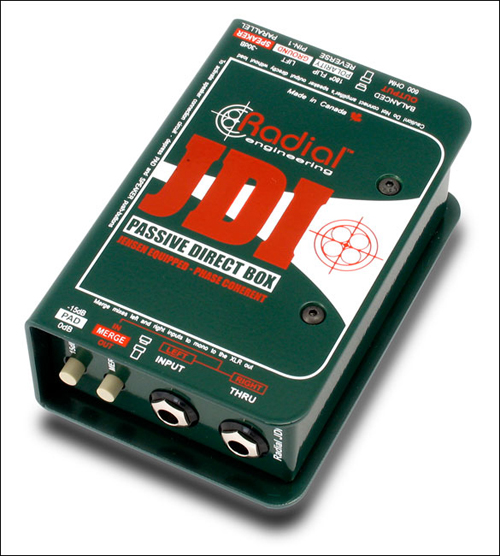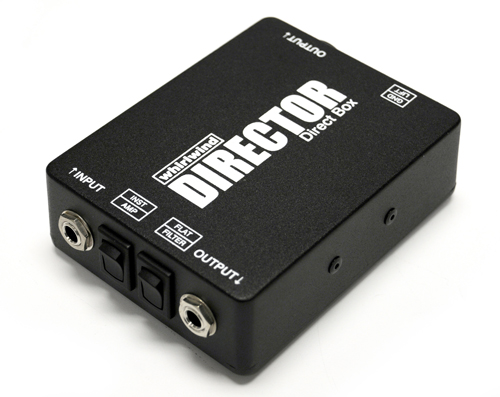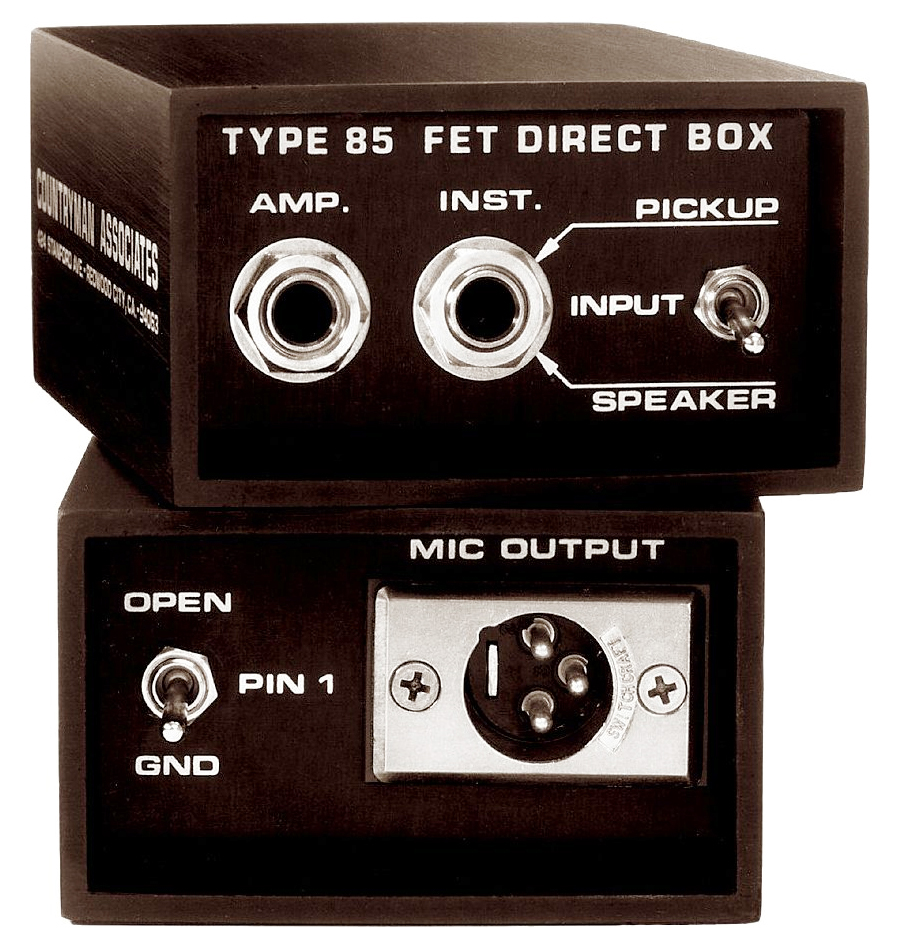
Keep Making Sound
Another peeve is sound folks who hook up DI boxes to our stage equipment; I like them to be plugged into the line out of the bass and keyboard amps. The goal is to receive the signal right from the instrument for a cleaner sound with no amp EQ, but the problem is that if the DI fails, most of the time the signal won’t get to the amp. And no sound = bad.
By using an amp output, if the DI has a problem, the amp still makes sound and the audience doesn’t know anything is wrong, nor does the band. They just keep playing as if nothing has happened. The DI can be swapped out, and perhaps the cable replaced (whatever it takes), but the show isn’t affected
and it’s likely no one is even aware that there’s a problem.
This approach also prevents the bass player from unplugging his/her instrument from the DI, causing a big pop through the PA.
Further, I tend to shy away from stereo direct boxes, unless the band has their own. In my experience, this is the DI that’s usually at the bottom of the work-trunk drawer, and the last to come out. Therefore, the odds are pretty good that the user does not understand exactly how it works.
I’ve found that many stereo direct boxes include some kind of summing switch to take the two inputs into one output or to sum the inputs into mono to both outputs. When it gets put on a bass guitar by someone who doesn’t understand how to use it, the bass sounds terrible – a sure way to wreck even the most basic sound of any band.
This happened to me at a recent festival, so I pulled out my own $49 transformered no-frills direct box and a 1/4-inch cable and handed it to the stage tech to use. It worked fine, of course, except he neglected to get it back to me during the harried stage change.
I also have a horror story involving a stereo direct box and an overloading DJ mixer blowing up all of the compression drivers in a large club PA on a Saturday night with a sold-out audience on hand – just before the headliner went on. As a result, my take is to “know thy stuff ” when it comes to deployment of stereo direct boxes.
So let’s all get our DI box mojo together. And if not, at least have the courtesy to return my stuff to me at the end of my set.
Gary’s DI Choices
Radial JDI. The most versatile DI box around, it’s a passive unit with a Jensen transformer for top fidelity. It also introduces a magnetic bridge that passes signal while rejecting stray DC voltage. Includes -15 dB input pad, ground lift, and 180-degree polarity reverse.
A secondary circuit is added for direct interfacing with high-output devices such as guitar or bass amp loudspeakers, plus a merge function allows stereo sources such as keyboards to be summed mono. (www.radialeng.com)
Whirldwind Director. A passive box using the company’s TRHL-M transformer with metal shield. It includes a ground lift switch to help eliminate hum and buzz, a -30 dB pad for selecting between line/instrument or speaker level input signals, and a switchable high-cut filter to eliminate amplifier noise (hiss).
I also carry a Whirlwind IMP 2 passive transformer DI with ground lift switch, a basic “no frills, get it done” unit that fits easily in my guitar case. (www.whirlwindusa.com)
Countryman Type 85. Includes an active FET op amp front end with transformer output. Gives increased fidelity due to low loading to amp or instrument from active FET input, but has full DC protection on output from transformer, unlike some other active DI boxes. Requires phantom power from console or internal 9-volt battery.
If you’re looking to use an active DI, this is a strong selection. Plus, the indestructible case can double as a wheel chock for a truck. (www.countryman.com)



